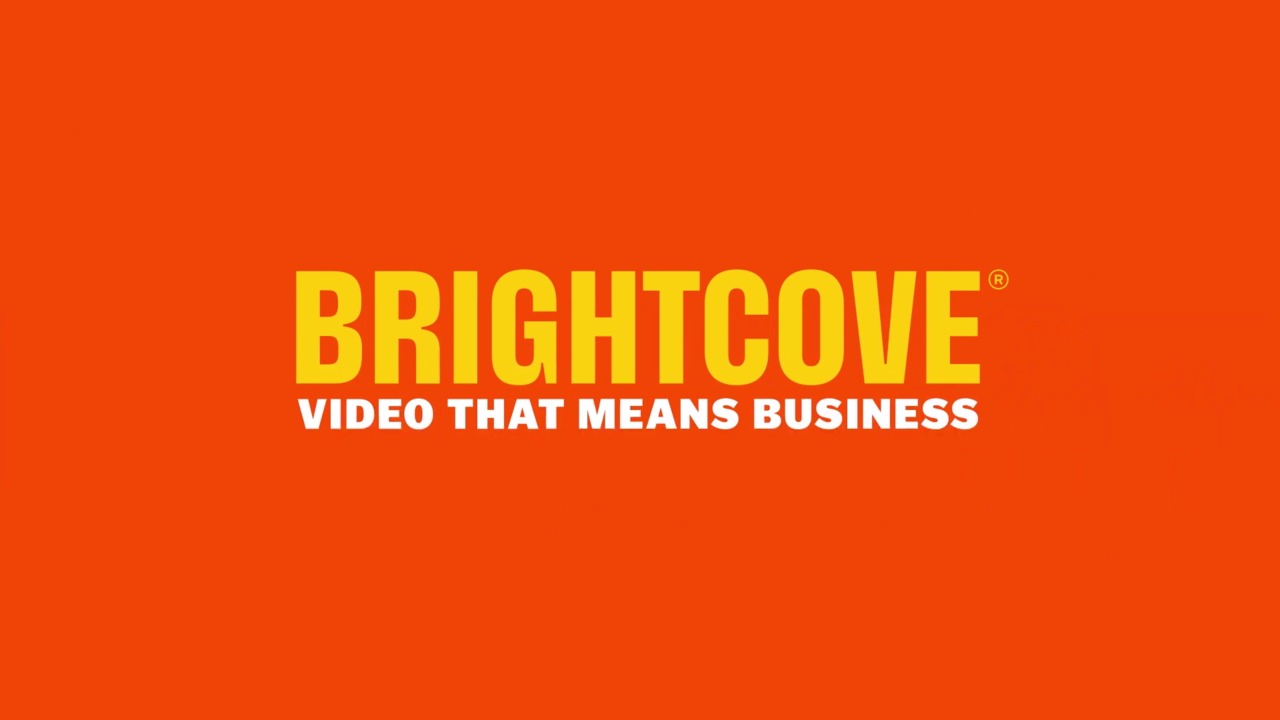It’s always interesting to keep an eye on the big trends that come out of the NAB Show every year. There are plenty that have legs and eventually find themselves in the mainstream, with 3D being a great example as of late. It wasn’t even that long ago that camera manufacturers were breaking new ground (at the time) with the introduction of now-ubiquitous flash media storage for video acquisition.
For every major development, there are plenty of others that haven’t necessarily caught on. We’re still not printing advertiser coupons from our car stereos, for example, and droves of consumers aren’t exactly rushing out to buy off-air broadcast tuner cards for their PCs.
Over the last few years, multi-screen video has emerged as a major force at the show, and more recently but on a very-much related note, “companion screen” or “second screen” viewing has been catching on. This was clearly evident in Las Vegas last week during the 2012 NAB Show. The NAB Show Daily, in fact, took a good look at the second screen in an article by Susan Ashworth.
Nearly 80 percent of viewers watch their primary TV with a secondary mobile device in hand, Ashworth reported. While the trend might scream “fragmentation,” content owners are in fact embracing it, with several instances noted in the article. For its program, “Bones,” Fox offers a companion app “that encourages TV viewers to keep simultaneous tabs on the online and social media aspects of the show while it airs.” Meanwhile, viewers of “Grey’s Anatomy” can access show-related companion content through mobile apps developed by ABC with the Nielsen Company that “automatically detect and synchronize with TV programming using audio watermarks.”
Harnessed properly, social media “turns every episode, every newscast into a live focus group,” Hearst Television senior VP of digital media Roger Keating told Ashworth. According to Keating, this type of companion viewing can help mitigate the audience detachment that broadcasters are currently overcoming using ratings and research, allowing content owners to “know instantly the pulse of the show; the overriding sentiment; what parts draw the most heat,” ultimately making “better programmers.”
Noting broadcasters’ desire to follow their audiences, NAB EVP of communications Dennis Wharton explained, “With this generation of younger people demanding on-the-go programming wherever they are, we want to be on those [second-screen] devices.”
However, “It will be up to the industry to decide if second-screen media remains a sideshow act or becomes a permanent piece of the broader-casting arsenal,” Ashworth concluded.
The second-screen is sure to be among the many hot trends and topics discussed at Brightcove’s PLAY 2012 conference in Boston. Taking place June 25-27, PLAY 2012 is a global gathering of Brightcove customers, partners and industry leaders at the forefront of the digital media revolution. The conference brings together hundreds of media companies, marketers and developers from around the world for three action-packed days of hands-on learning, in-depth strategy sessions, next-generation product demos, all-star keynotes, and networking.
For more information and to register, visit play.brightcove.com.

